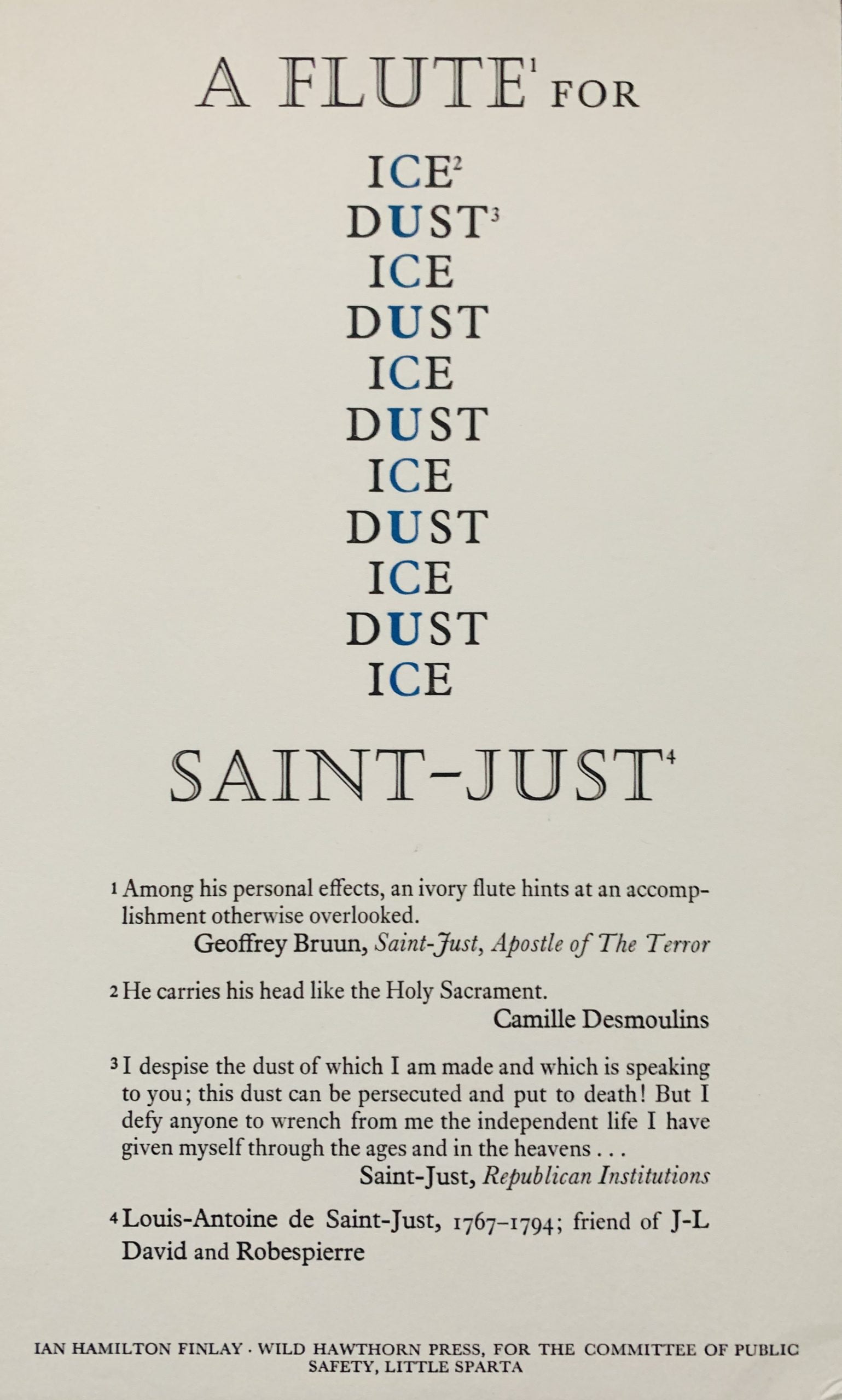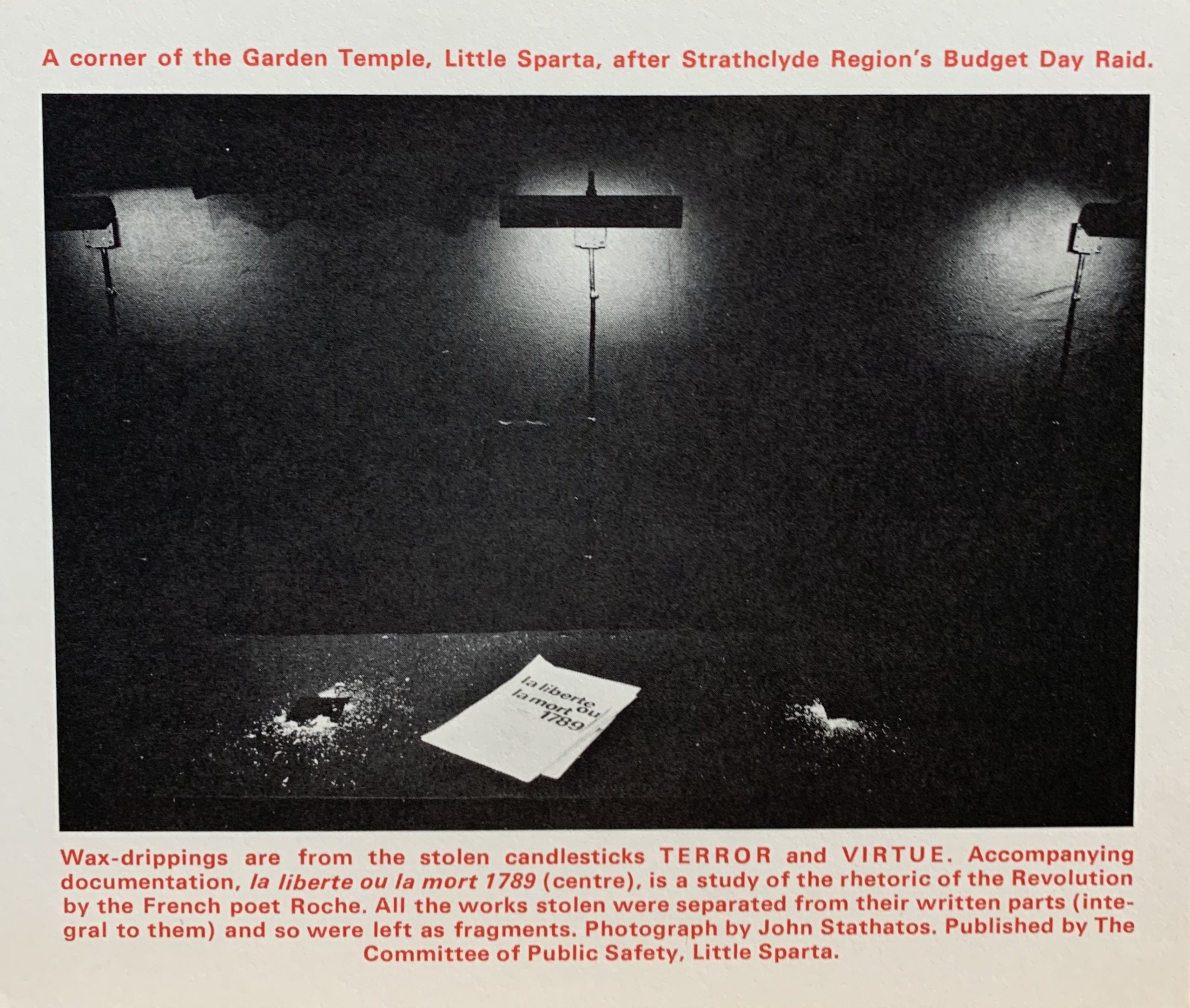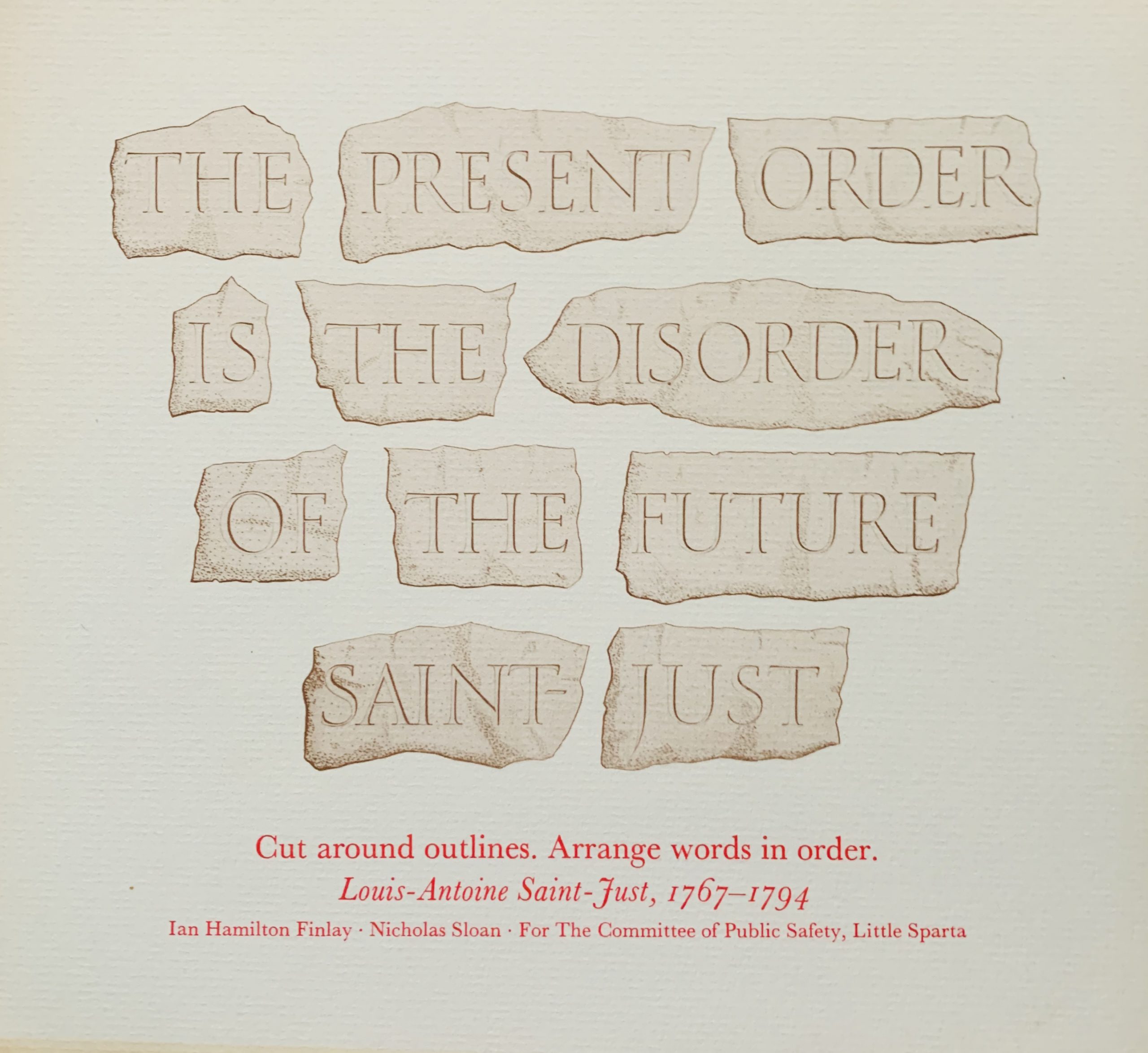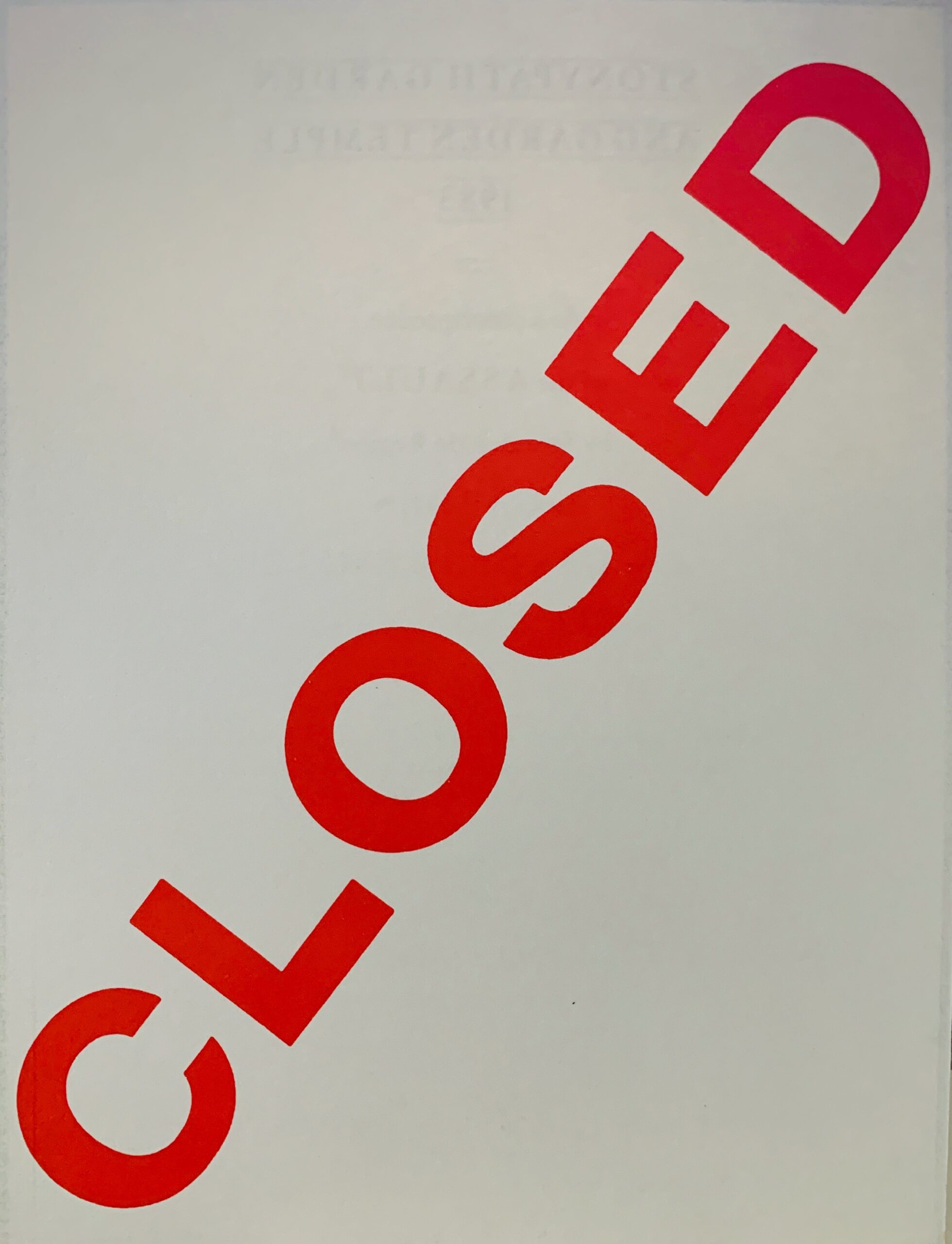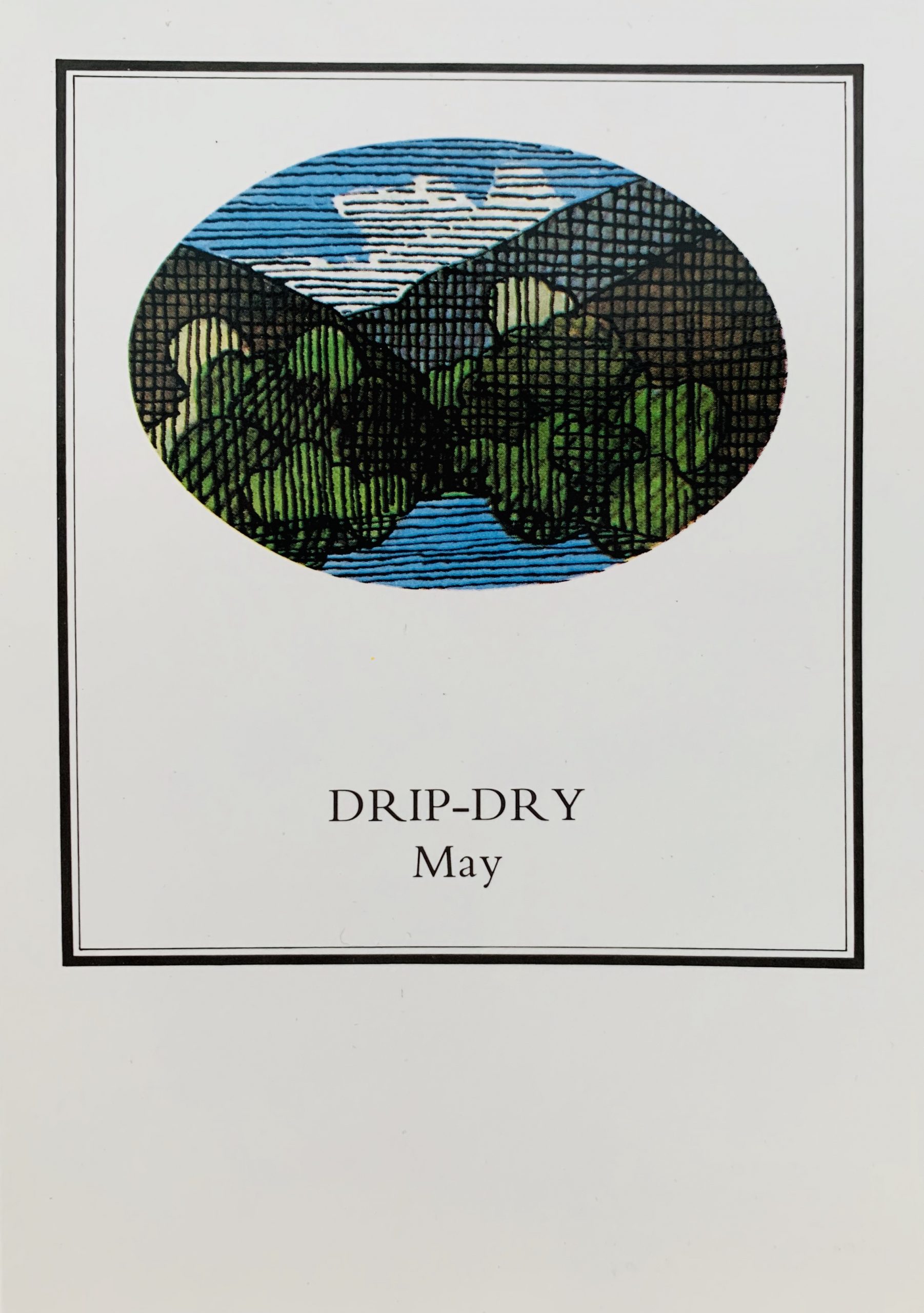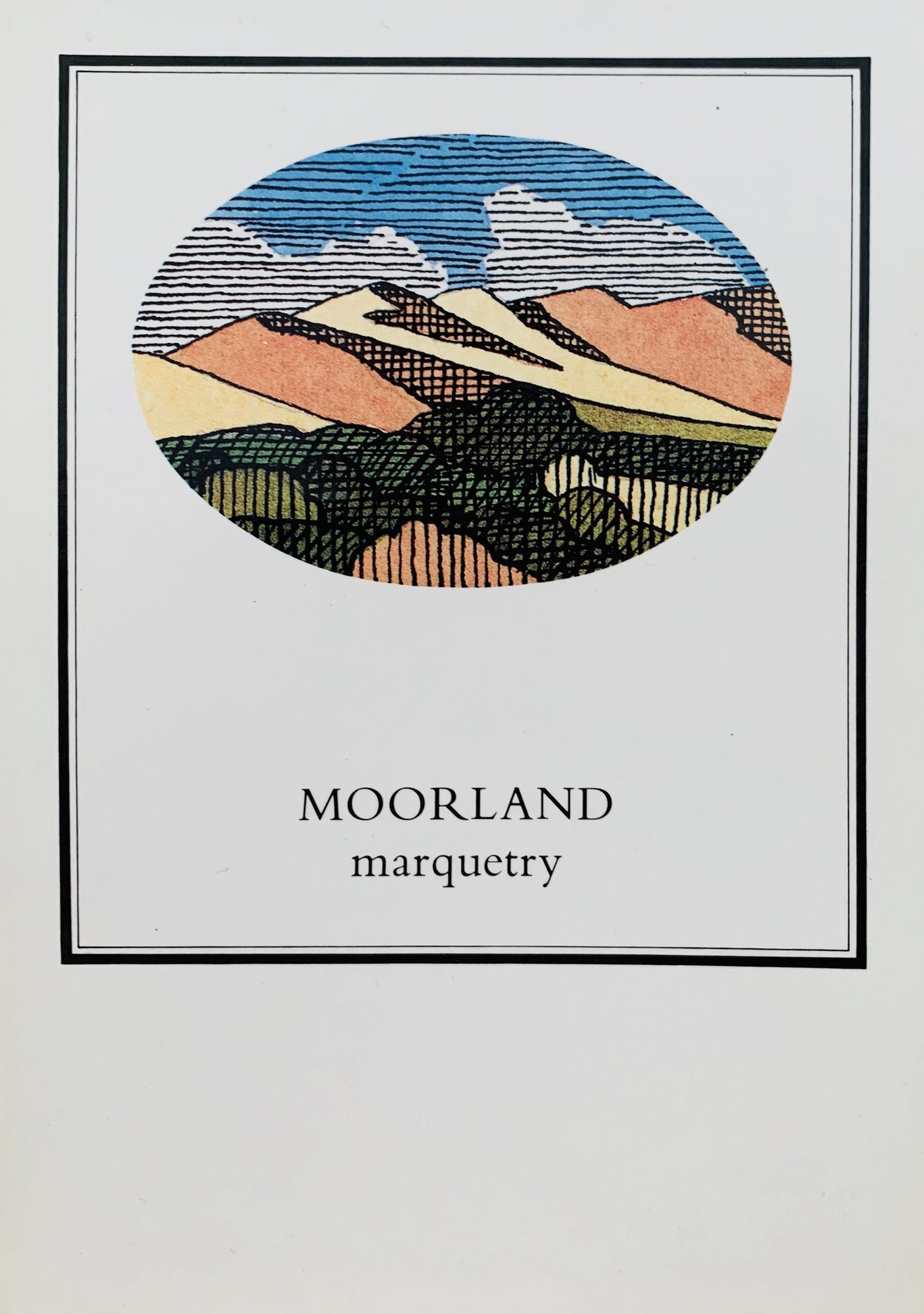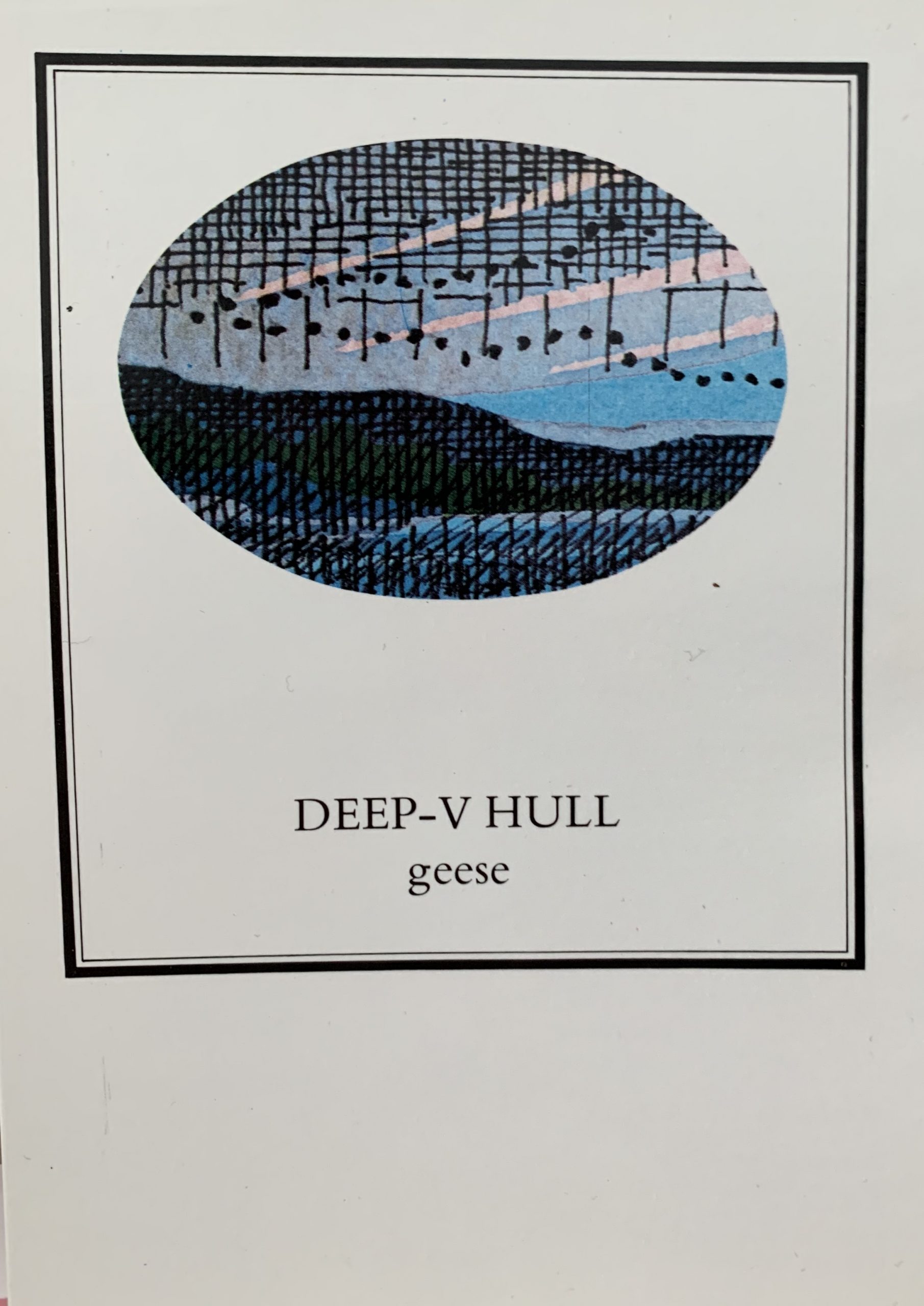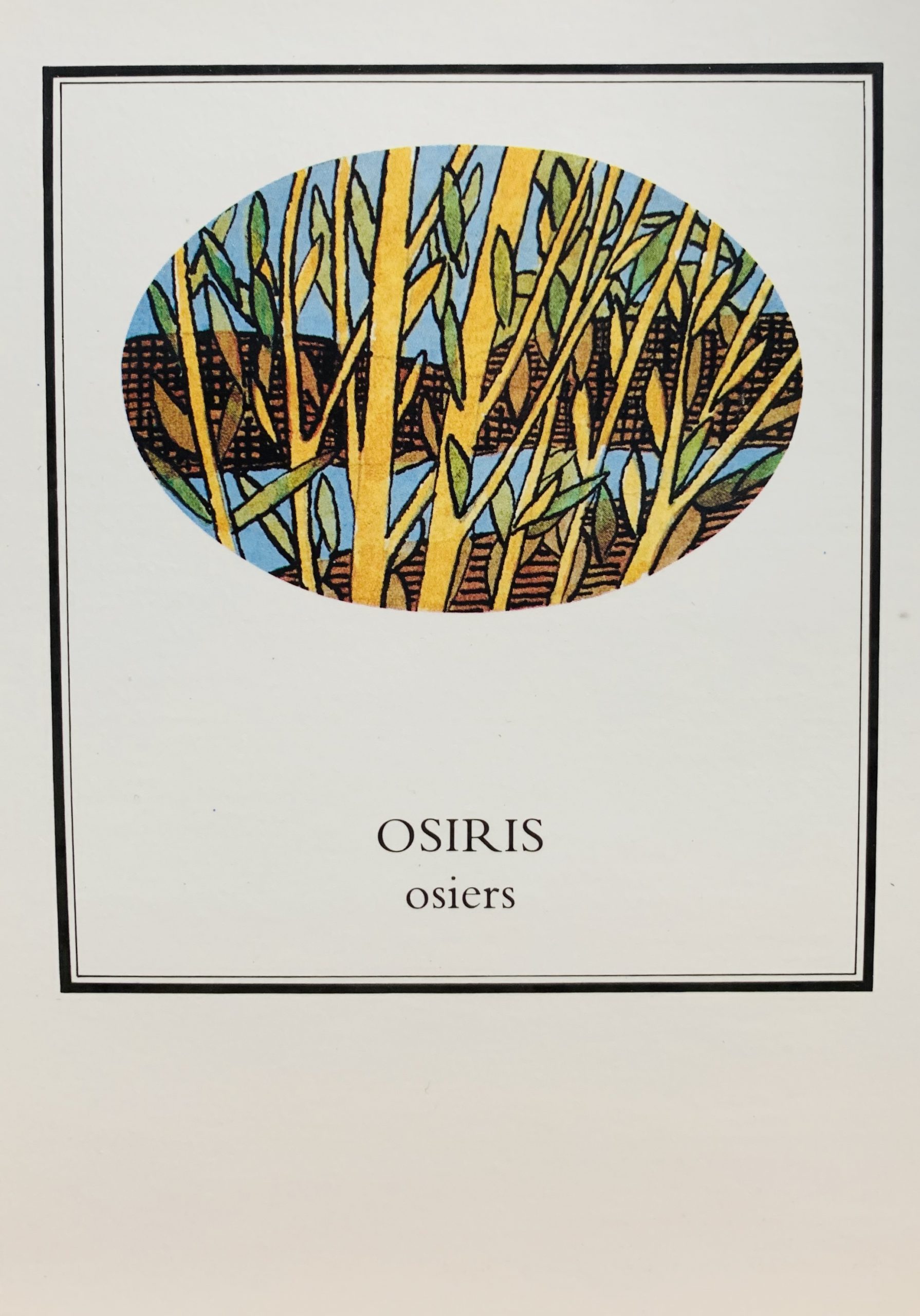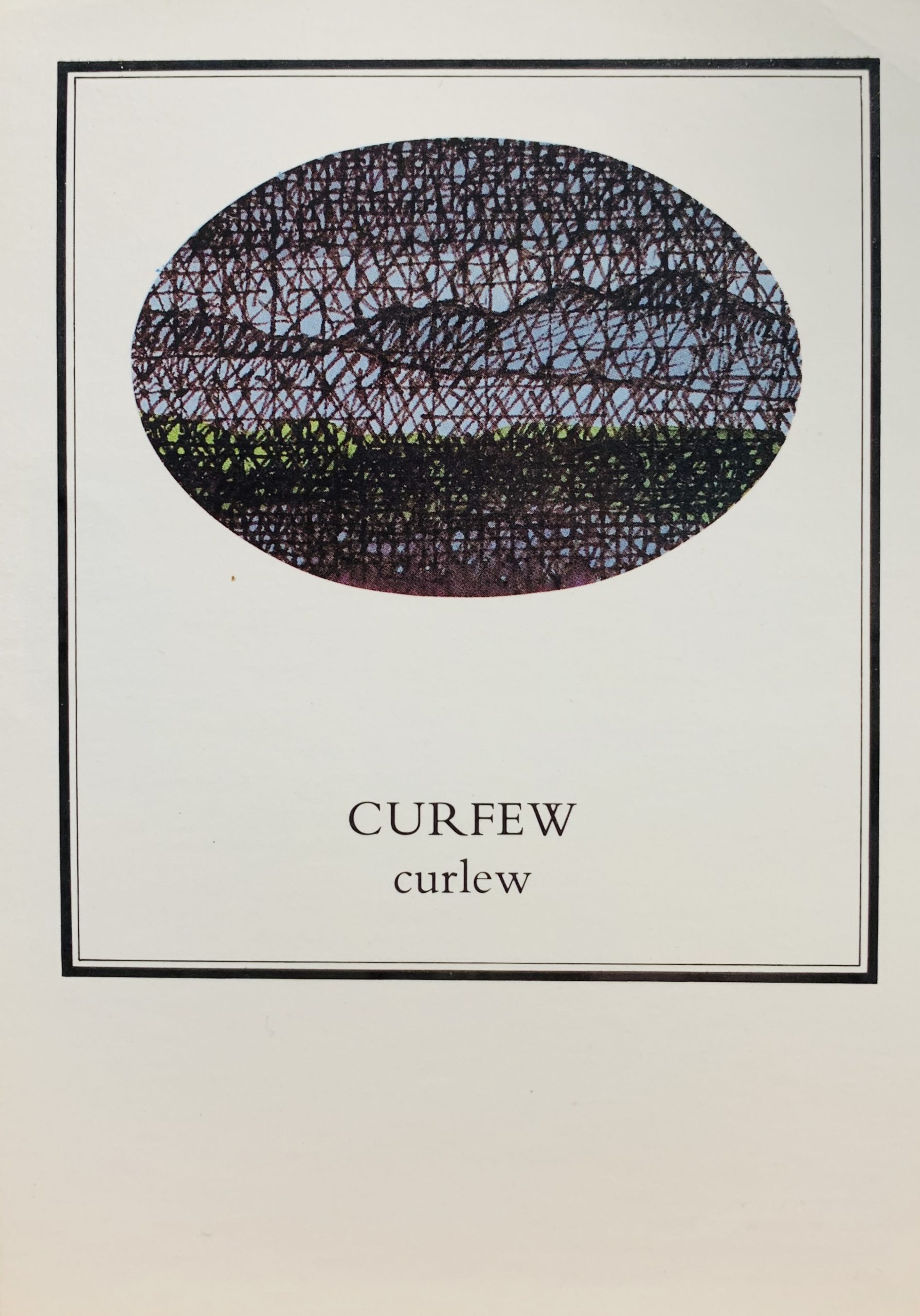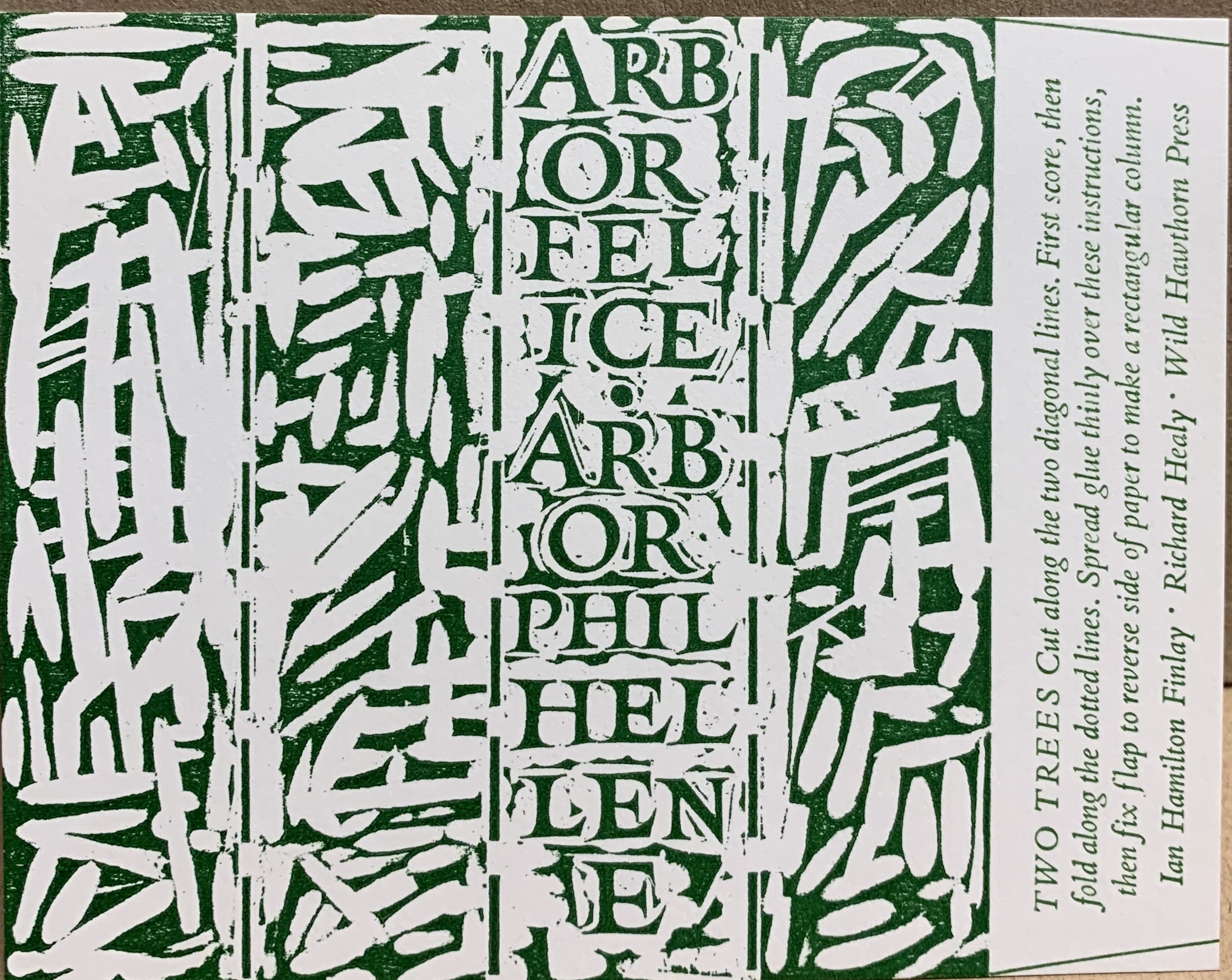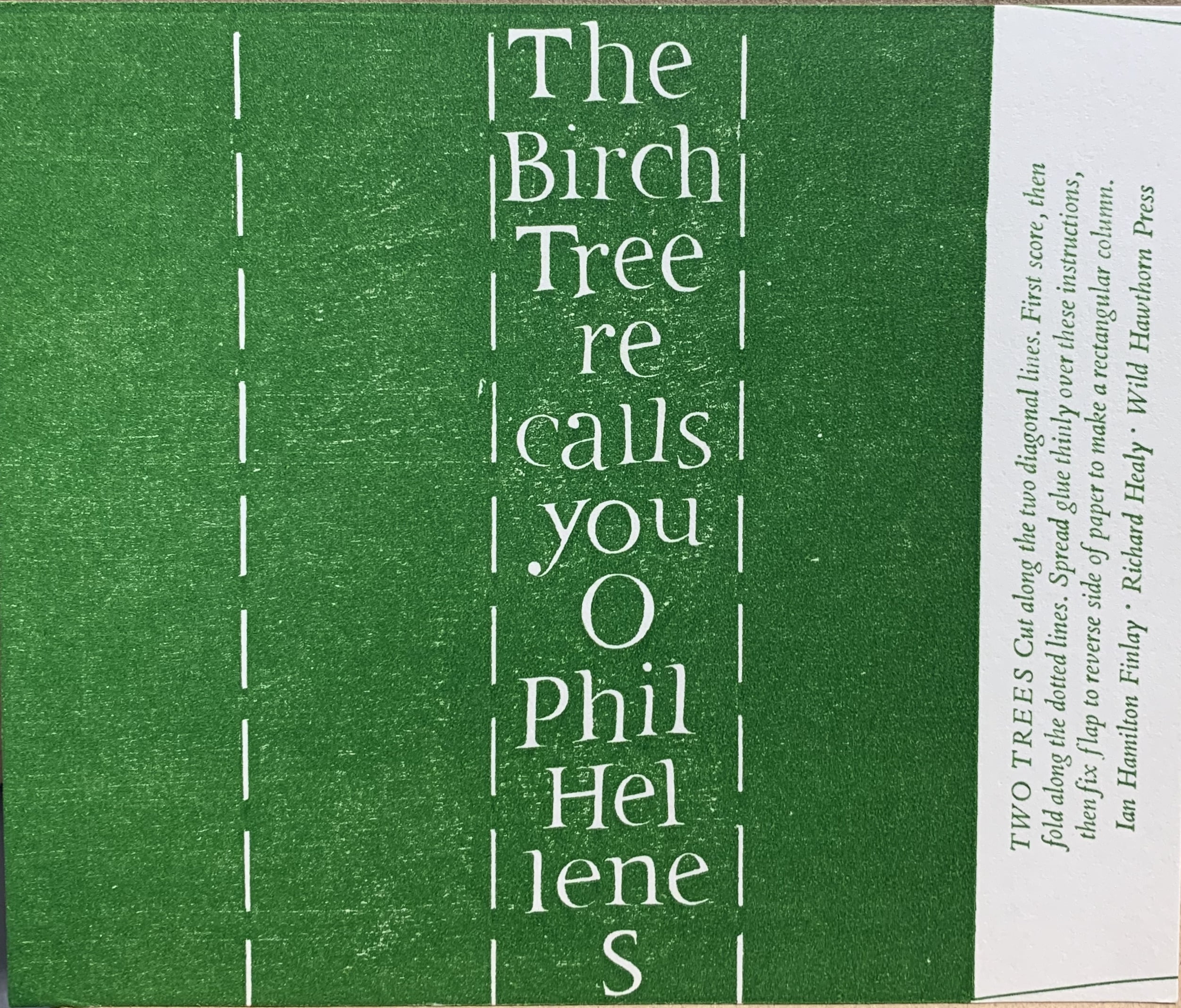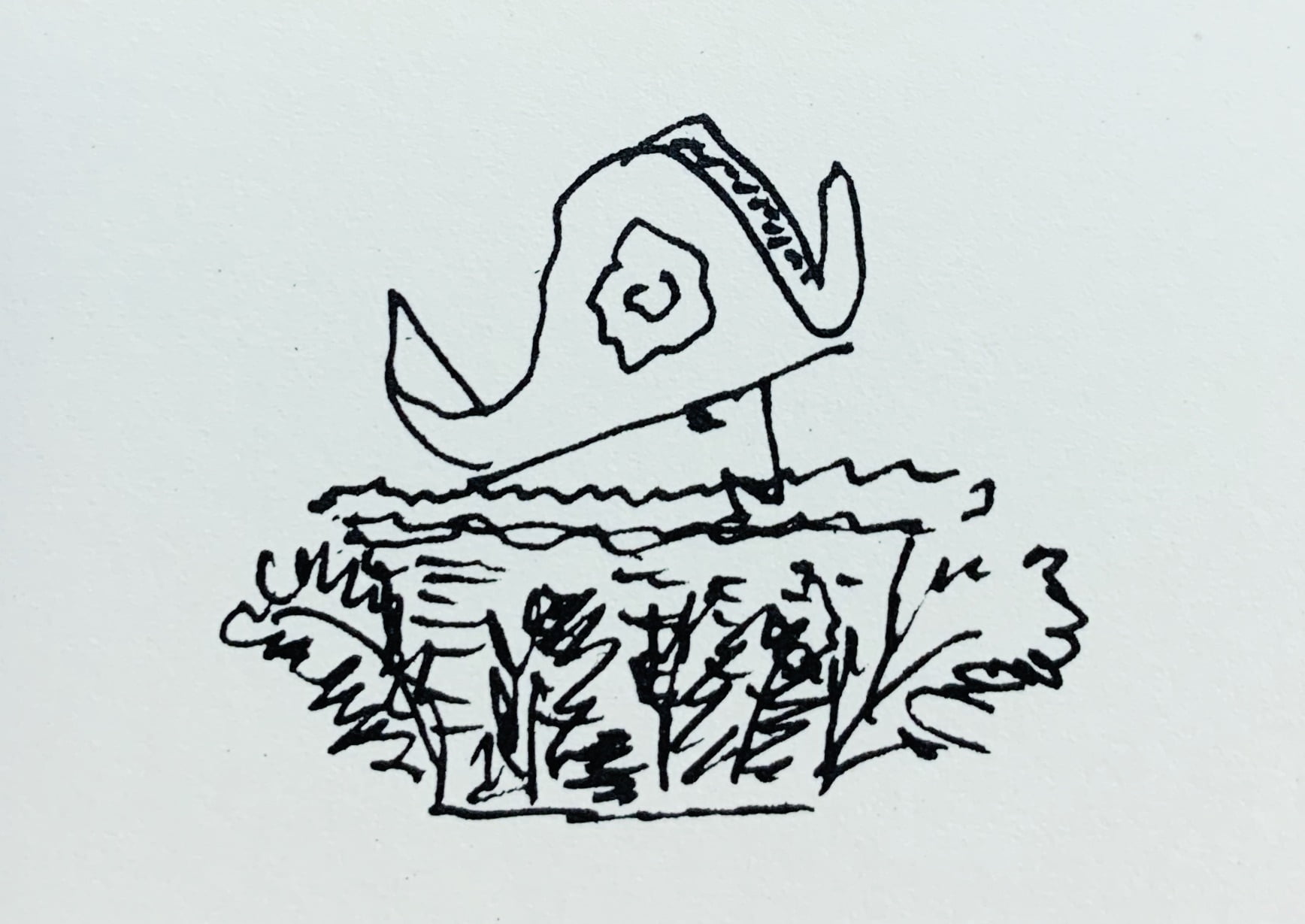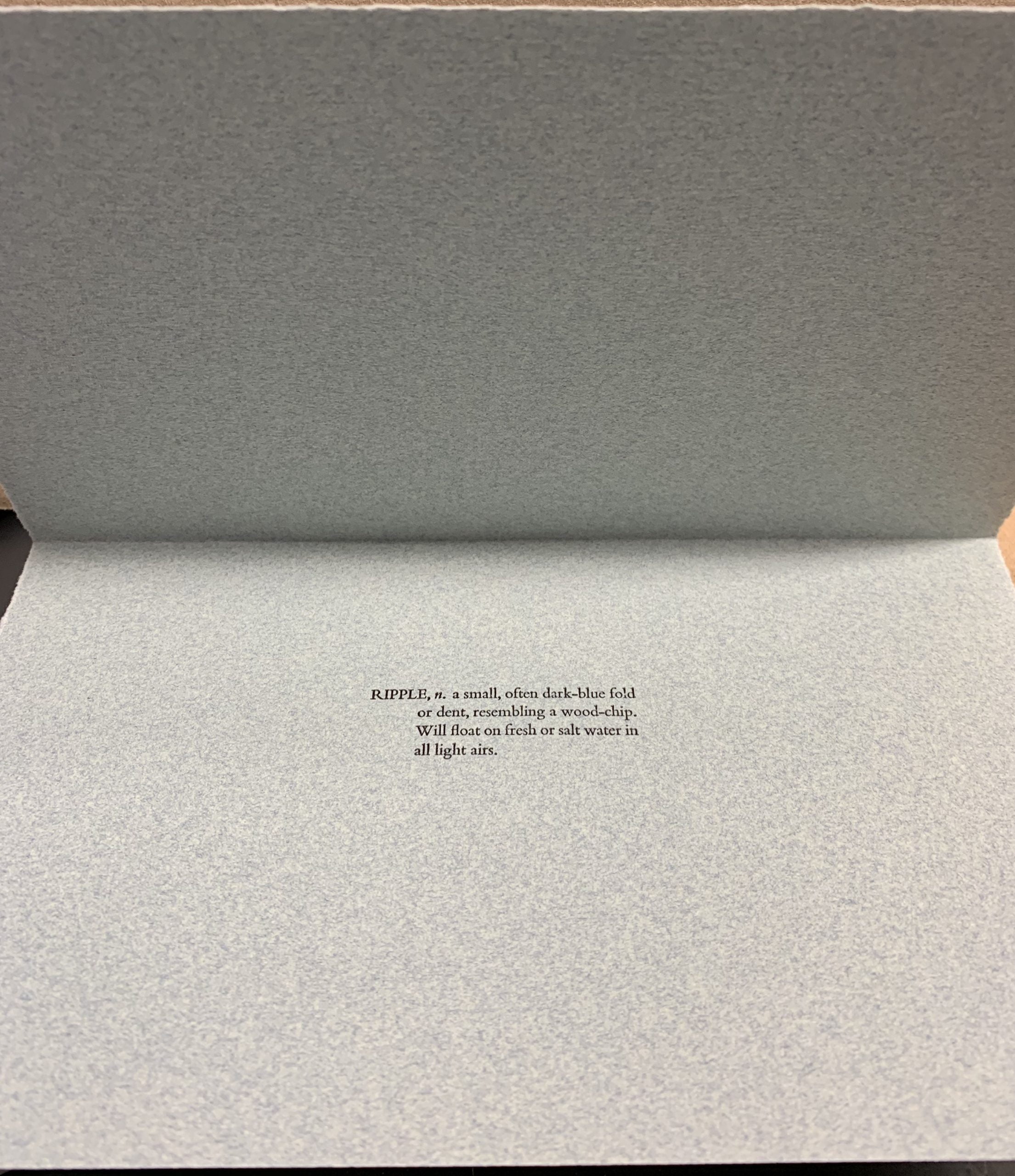Posted at 12:35h
in
Artist's Postcards
Little Sparta: Wild Hawthorn Press, 1983
Two folding cards.
The first card is
ARBOR FELICE ARBOR PHILHELLENE
9.3 x 11.7cm, 1pp green on white. A four sided stand up to create a geometric form of tree trunk with the text "ARBOR FELICE ARBOR PHILHELLENE". One translation is "The tree "suckles you" you lover of Greeks" (our flawed translation) but there are other alternatives it seems. VG+
The second card is
THE BIRCH TREE RECALLS YOU O PHILHELLENES
11.6 x 14cm, 1pp green on white. A four sided stand up to create a geometric form of tree trunk with the title text. Again praise for those who praise the Greeks. Birch trees only just grow on the northern borders of Greece and also in colder, higher areas.
These two card sculptures are paired - and there are large scale tree plaques by Finlay that also bear the inscriptions and are expected to be exhibited/installed together. VG+.
...

